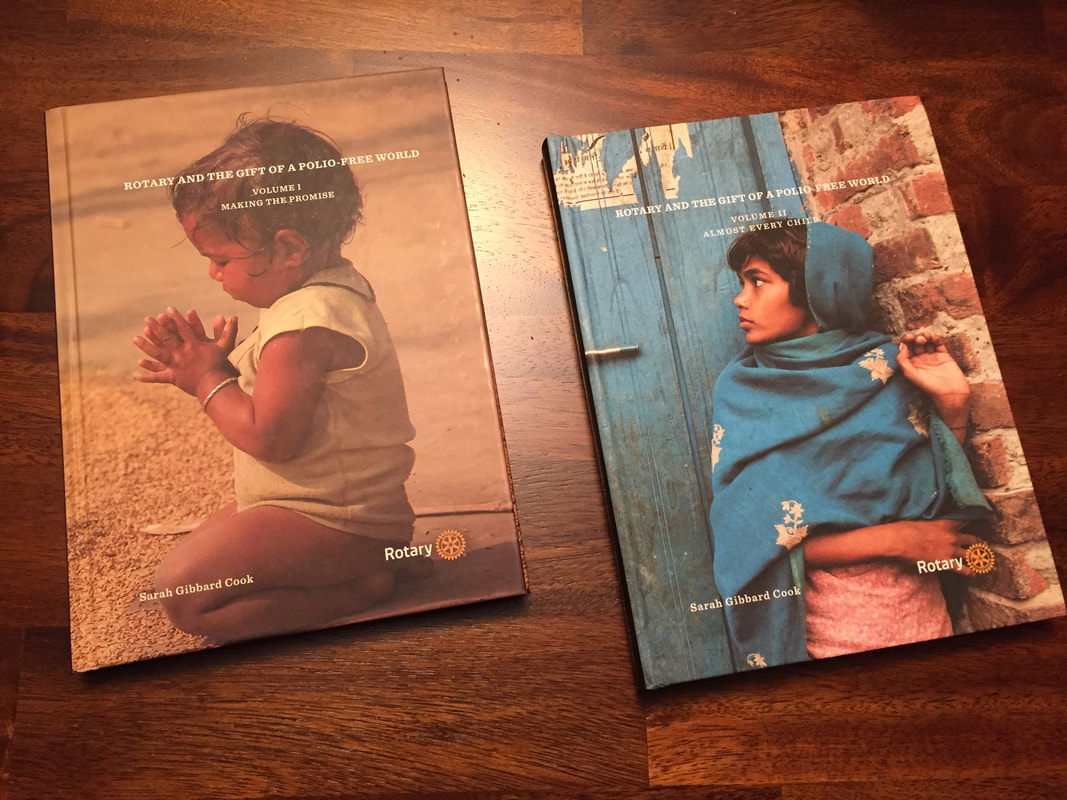|
The story of Renaissance sculptor Lorenzo Ghiberti working for decades on one set of cathedral doors used to boggle me. It no longer seems strange. I’ve been writing Rotary International’s history of polio eradication for a quarter century now, with no clear end in sight.
What’s taking so long? The World Health Organization (WHO) eradicated smallpox in eighteen years from the first plan to the last natural case. With one human disease gone forever, WHO, Rotary, UNICEF, and CDC launched the Global Polio Eradication Initiative in 1988. More than thirty years later, natural poliovirus still paralyzes children in Pakistan and Afghanistan. Perhaps the biggest difference between the smallpox and polio challenges is that smallpox was reliably visible. Its telltale rash let health workers close in on the virus by vaccinating each patient’s neighbors and contacts. Most polio infections are invisible. Poliovirus paralyzes fewer than one in a hundred people infected, so it can spread widely before anyone knows it’s there. Like many projects, polio eradication is taking longer than first envisioned. The work continues, and so does the writing. I look forward to the day I can finish Volume III confident that poliovirus will never paralyze another child. The published volumes of Rotary and the Gift of a Polio-Free World are Vol. I, “Making the Promise,” and Vol. II, “Almost Every Child.”
2 Comments
Michael J McQuestion
10/21/2019 08:43:05 am
Using a community-based approach, eradication was achieved in the Americas. The global effort failed to generalize that approach, relying inordinately on technical expertise. Financing is a second issue. Countries in the Americas financed most of the effort; many countries in other regions have yet to take ownership of their immunization programs.
Reply
10/21/2019 02:01:10 pm
Both sound points, Mike. Both Pakistan and Afghanistan are giving (relatively ) more attention to using established local women for communications with local moms who already know and trust them. I don't know if Latin America dealt with anything resembling the mistrust (of anything Western) that we're seeing undercut efforts in the two remaining endemic countries.
Reply
Leave a Reply. |
AuthorI'm a historian who writes novels and literary nonfiction. My home base is Madison, Wisconsin. Archives
July 2024
|

 RSS Feed
RSS Feed